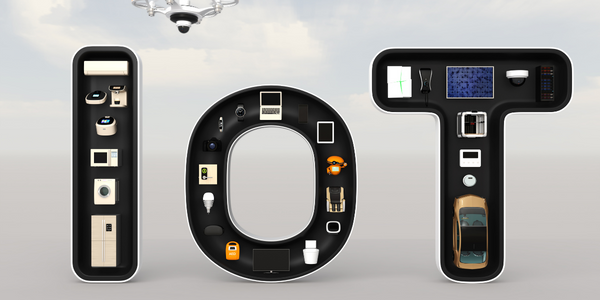Technology Category
- Application Infrastructure & Middleware - Event-Driven Application
Applicable Industries
- Electronics
- Equipment & Machinery
Use Cases
- Inventory Management
- Virtual Training
Services
- System Integration
- Training
About The Customer
Texas Instruments Incorporated (TI) is a world leader in digital signal processing and analog technologies, the semiconductor engines of the Internet age. With more than 35,000 employees worldwide, it is a leader in the real-time technologies that help people communicate. Terry Hayes is the Application Specific Products Publication Manager for one of the Technical Information Solutions teams at TI. His team is responsible for creating the documentation that supports the company's custom semiconductor product lines. The Technical Information Systems (TIS) organization includes four additional teams that produce a wide variety of documentation including product data sheets, user manuals, programming guides, application reports, and technical reference manuals.
The Challenge
Texas Instruments Incorporated (TI), a global leader in digital signal processing and analog technologies, faced a significant challenge in its Technical Information Solutions (TIS) department. The TIS team, responsible for creating documentation supporting the company's custom semiconductor product lines, needed a tool that could seamlessly integrate into their documentation workflow. They relied on an XML-based content management system to publish, version, and repurpose product documentation. The team received source graphics in various formats, including AutoCAD, Visio, and WMF, which needed to be converted for use in both print and web documents. The challenge was to find a software package that could easily edit and convert these graphics into the various file formats required for their publishing processes. Furthermore, the team was planning to standardize on a single file format, SVG, in the future. Therefore, the solution they chose had to support this powerful open standard graphics format.
The Solution
The TIS group at Texas Instruments selected Corel DESIGNER to address their documentation challenges. Corel DESIGNER was the ideal tool to meet their requirements as it could easily edit and convert graphics into the various file formats required for their publishing processes. It was also capable of importing a variety of graphic file formats, editing the graphics to bring them up to production standards, and then easily exporting the final files to EPS and GIF for print and web publishing. To support the TIS team's transition to Corel DESIGNER, Corel offered online product webinars and sent members of its professional services group to provide on-site support and training for Texas Instruments employees. The software also supported the SVG format, which the team planned to standardize on in the future.
Operational Impact
Quantitative Benefit

Case Study missing?
Start adding your own!
Register with your work email and create a new case study profile for your business.
Related Case Studies.

Case Study
Smart Water Filtration Systems
Before working with Ayla Networks, Ozner was already using cloud connectivity to identify and solve water-filtration system malfunctions as well as to monitor filter cartridges for replacements.But, in June 2015, Ozner executives talked with Ayla about how the company might further improve its water systems with IoT technology. They liked what they heard from Ayla, but the executives needed to be sure that Ayla’s Agile IoT Platform provided the security and reliability Ozner required.

Case Study
IoT enabled Fleet Management with MindSphere
In view of growing competition, Gämmerler had a strong need to remain competitive via process optimization, reliability and gentle handling of printed products, even at highest press speeds. In addition, a digitalization initiative also included developing a key differentiation via data-driven services offers.

Case Study
Predictive Maintenance for Industrial Chillers
For global leaders in the industrial chiller manufacturing, reliability of the entire production process is of the utmost importance. Chillers are refrigeration systems that produce ice water to provide cooling for a process or industrial application. One of those leaders sought a way to respond to asset performance issues, even before they occur. The intelligence to guarantee maximum reliability of cooling devices is embedded (pre-alarming). A pre-alarming phase means that the cooling device still works, but symptoms may appear, telling manufacturers that a failure is likely to occur in the near future. Chillers who are not internet connected at that moment, provide little insight in this pre-alarming phase.

Case Study
Remote Temperature Monitoring of Perishable Goods Saves Money
RMONI was facing temperature monitoring challenges in a cold chain business. A cold chain must be established and maintained to ensure goods have been properly refrigerated during every step of the process, making temperature monitoring a critical business function. Manual registration practice can be very costly, labor intensive and prone to mistakes.

Case Study
Premium Appliance Producer Innovates with Internet of Everything
Sub-Zero faced the largest product launch in the company’s history:It wanted to launch 60 new products as scheduled while simultaneously opening a new “greenfield” production facility, yet still adhering to stringent quality requirements and manage issues from new supply-chain partners. A the same time, it wanted to increase staff productivity time and collaboration while reducing travel and costs.








